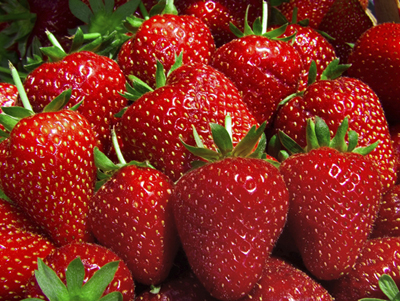
From the beach to the kitchen
A gastronomic competition that can change your life. Aprons girded and utensils at the ready! For the 18th edition of “A tavola sulla spiaggia” the epic clash of fabulous dishes from ancient recipe books and others that valorize traditional on the beach picnic foods at the Roma di levante arena in late August.
Besides tasty tidbits, the event has proved its capability to “dish up” unexpected talents: many of the partecipants in past edition have transformed a hobby into a profession at which they excel. Take Toni Brancatisano, a Pietrasanta resident originally from Australia, the house-wife contender at the 2008 edition who recently took first place at the “La scuola-cucina di classe” gastronomic talent show and now hosts a program on Gambero Rosso Channel.
Or the Roman princess Orietta Boncompagni Ludovisi who in 2006 tickled Forte’s palates with the turquoise cabochon dessert she invented just for fun and went on to author the novel and very popular “Guida delle migliori pizzerie d’Italia”. Or Fabiana Giacomotti, a journalist and writer who delighted us in 2007 with her Mediterranean antipasto and has now launched Dolcelieve, the first-ever line of haute patisserie for gluten intolerants with a sweet tooth.
Web-site: www.atavolasullaspiaggia.it




